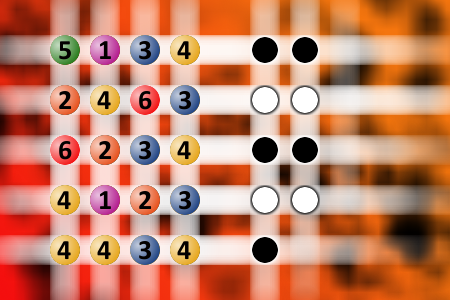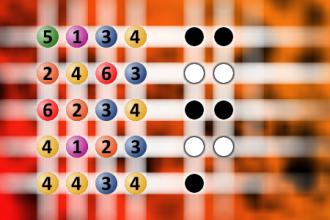What a winning combination?
The computer chose a secret code (sequence of 4 digits from 1 to 6). Your goal is to find that code. Black circles indicate the number of hits on the right spot. White circles indicate the number of hits on the wrong spot.Correct answers: 39
The first user who solved this task is Djordje Timotijevic.
#brainteasers #mastermind

When I go to casinos, the most...
When I go to casinos, the most ridiculous sign I see is the one that says: "If you have a gambling problem, call 1-800-GAMBLER."
I thought about it for a moment and dialed the number. When they answered I said, "I have an ace and a six. The dealer has a seven. What do I do?"
I thought about it for a moment and dialed the number. When they answered I said, "I have an ace and a six. The dealer has a seven. What do I do?"

